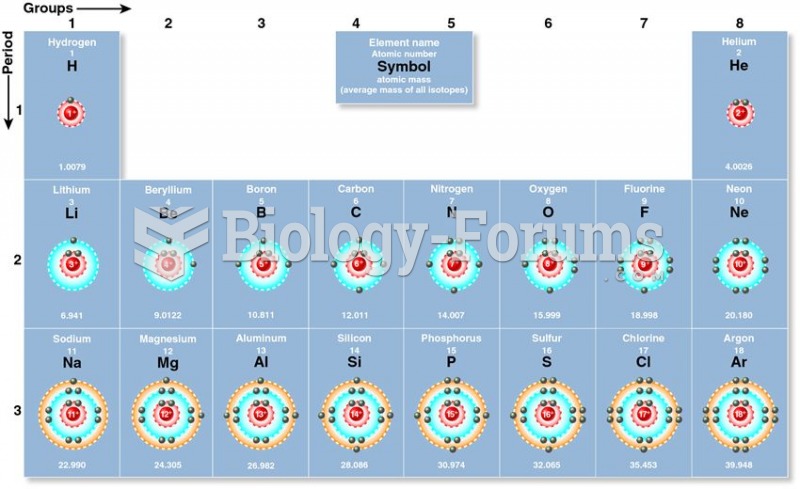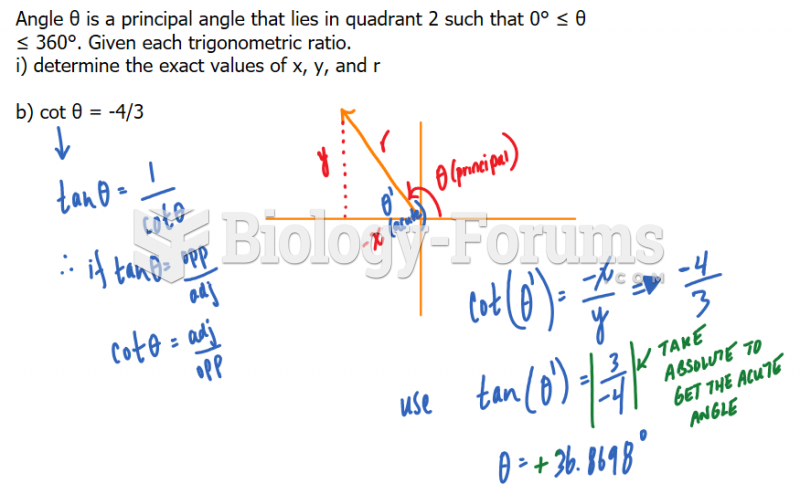|
|
|
Many medications that are used to treat infertility are injected subcutaneously. This is easy to do using the anterior abdomen as the site of injection but avoiding the area directly around the belly button.
After 5 years of being diagnosed with rheumatoid arthritis, one every three patients will no longer be able to work.
The National Institutes of Health have supported research into acupuncture. This has shown that acupuncture significantly reduced pain associated with osteoarthritis of the knee, when used as a complement to conventional therapies.
Bacteria have been found alive in a lake buried one half mile under ice in Antarctica.
People with high total cholesterol have about two times the risk for heart disease as people with ideal levels.







